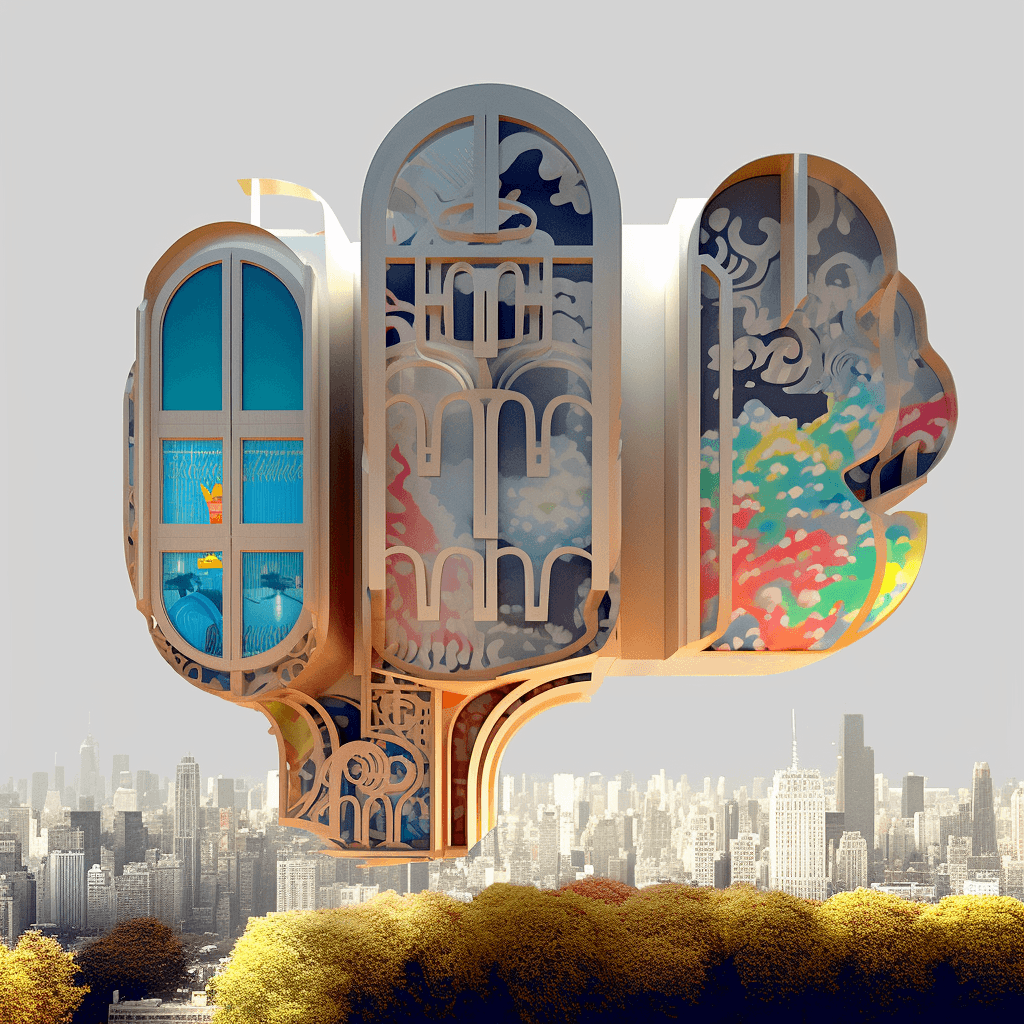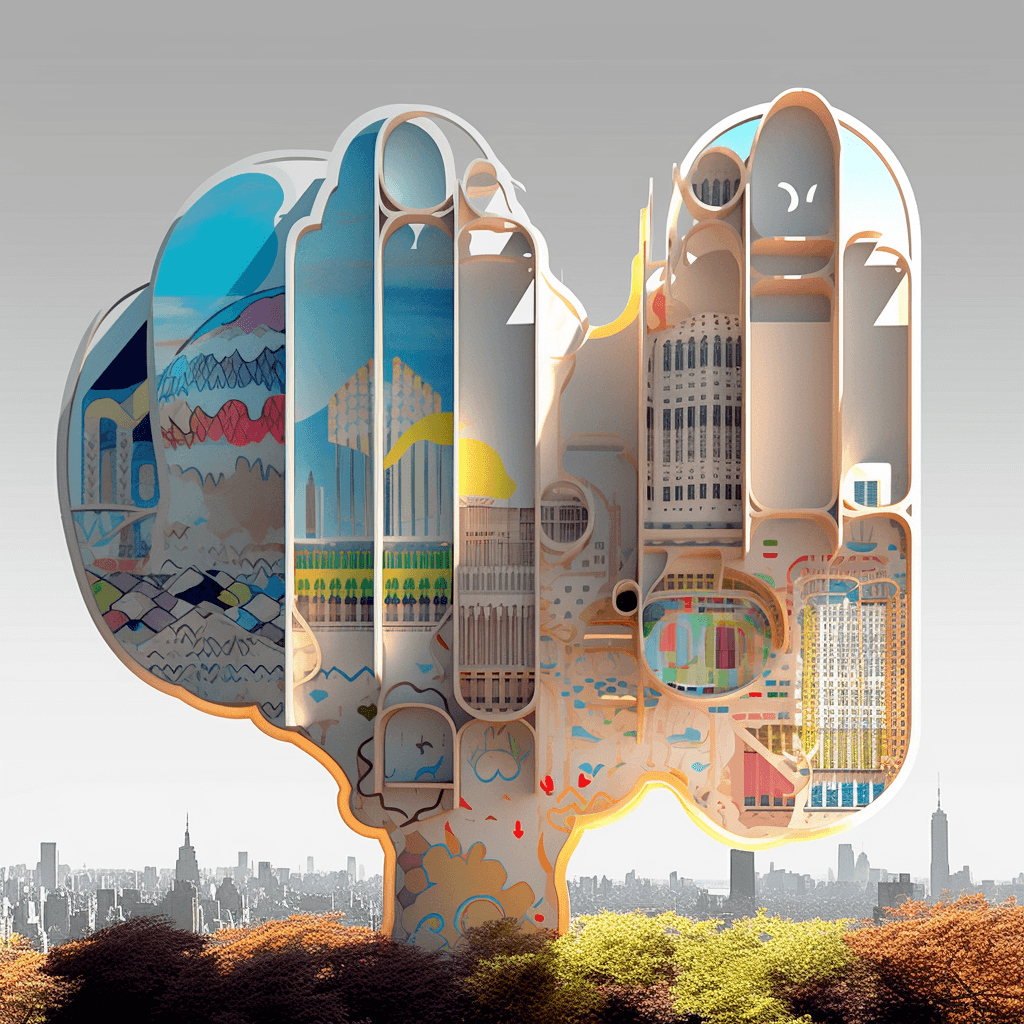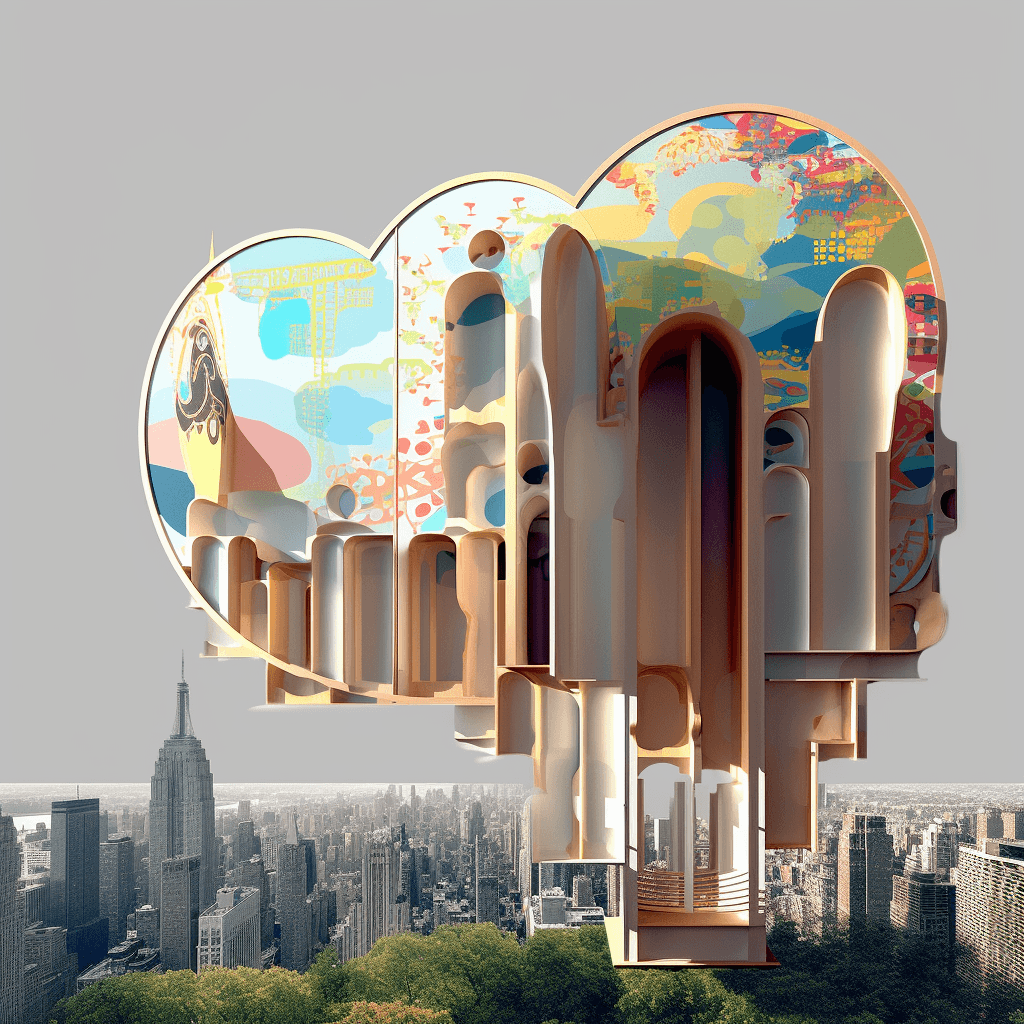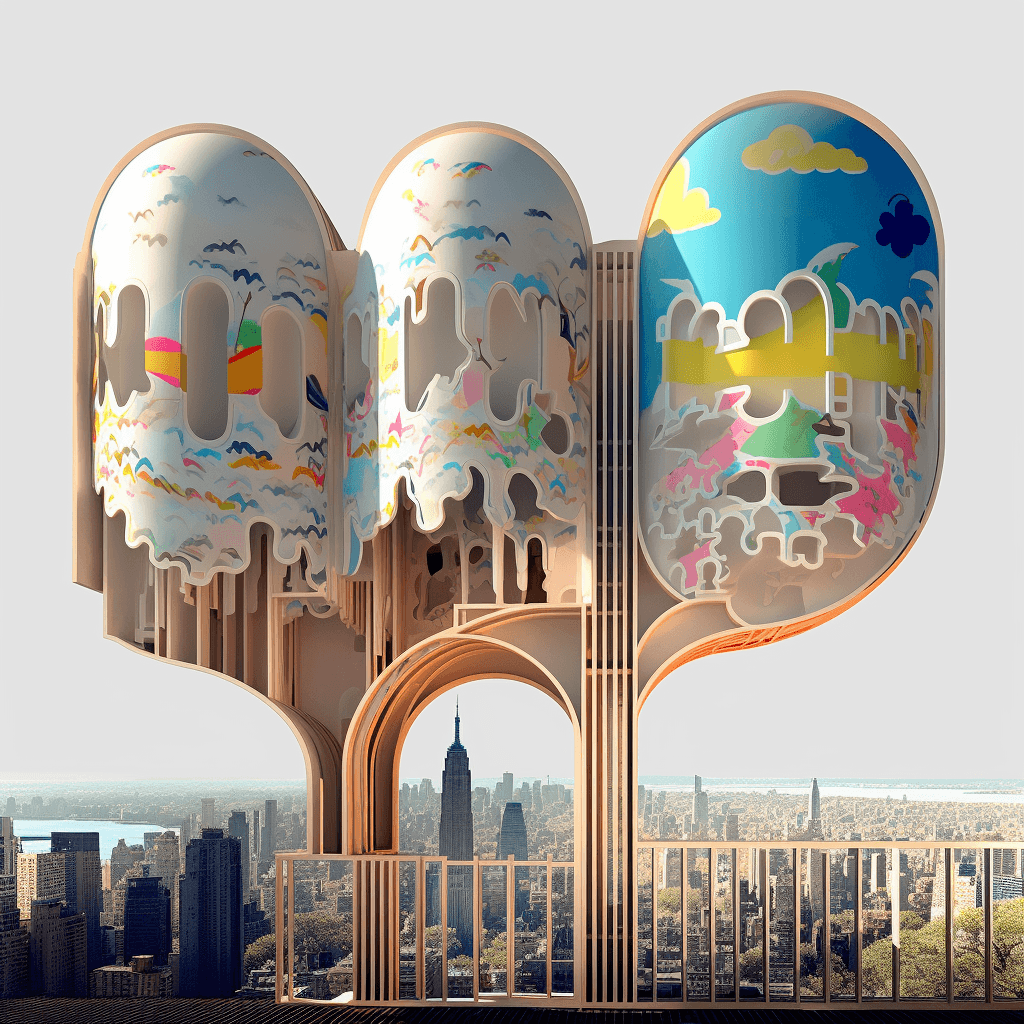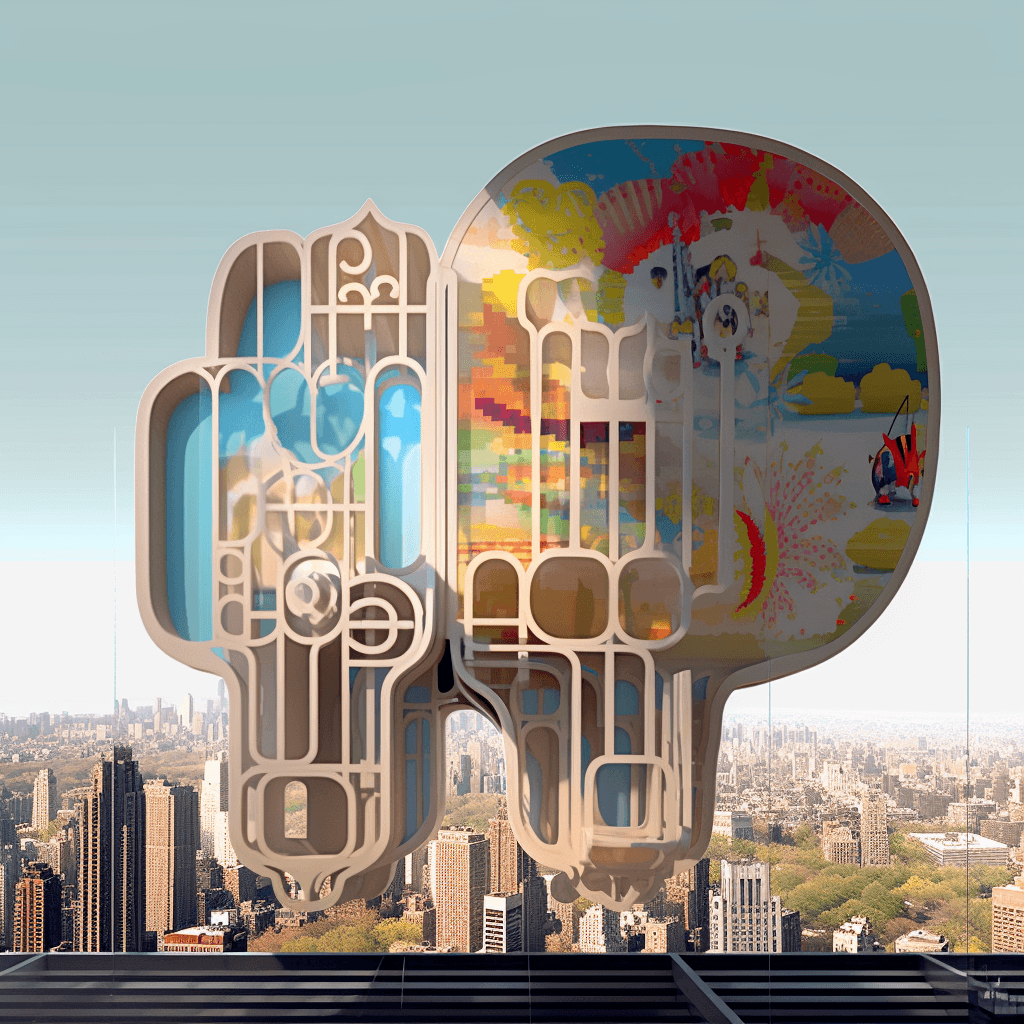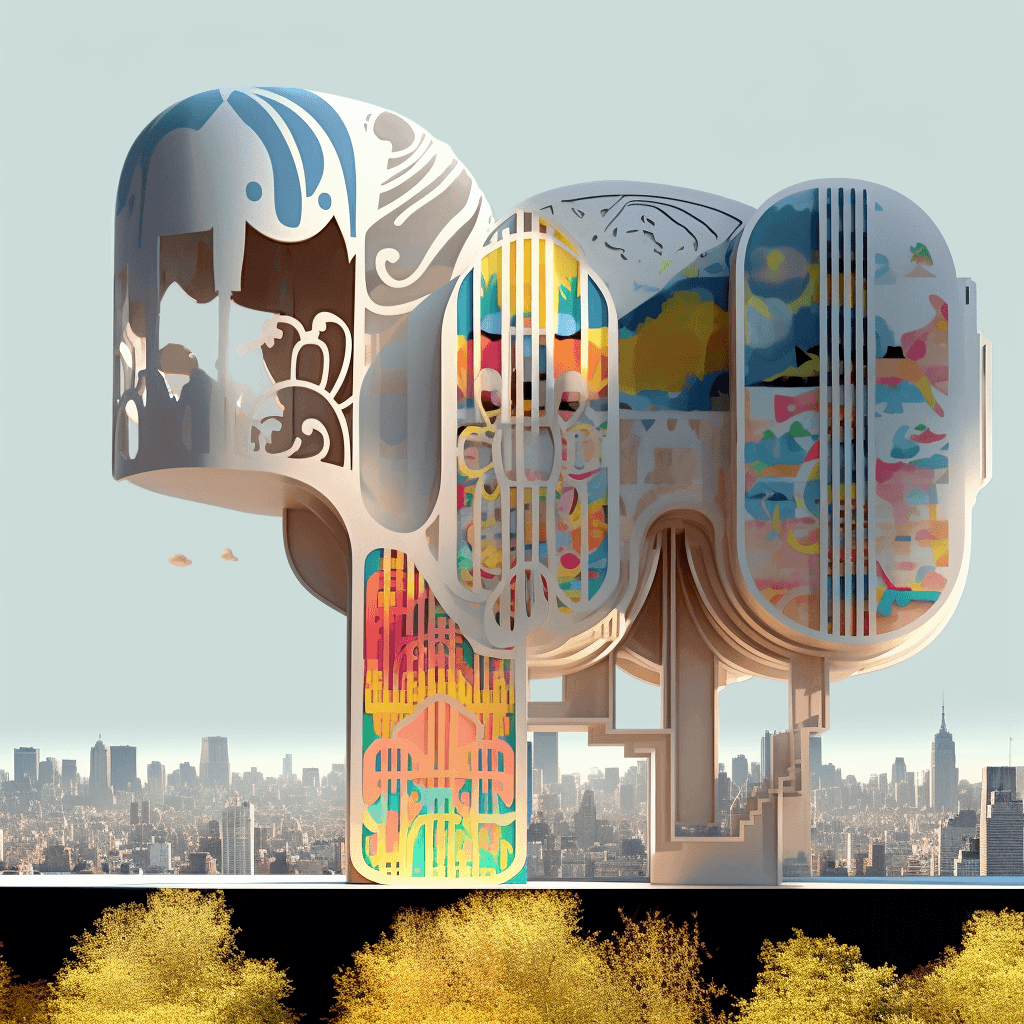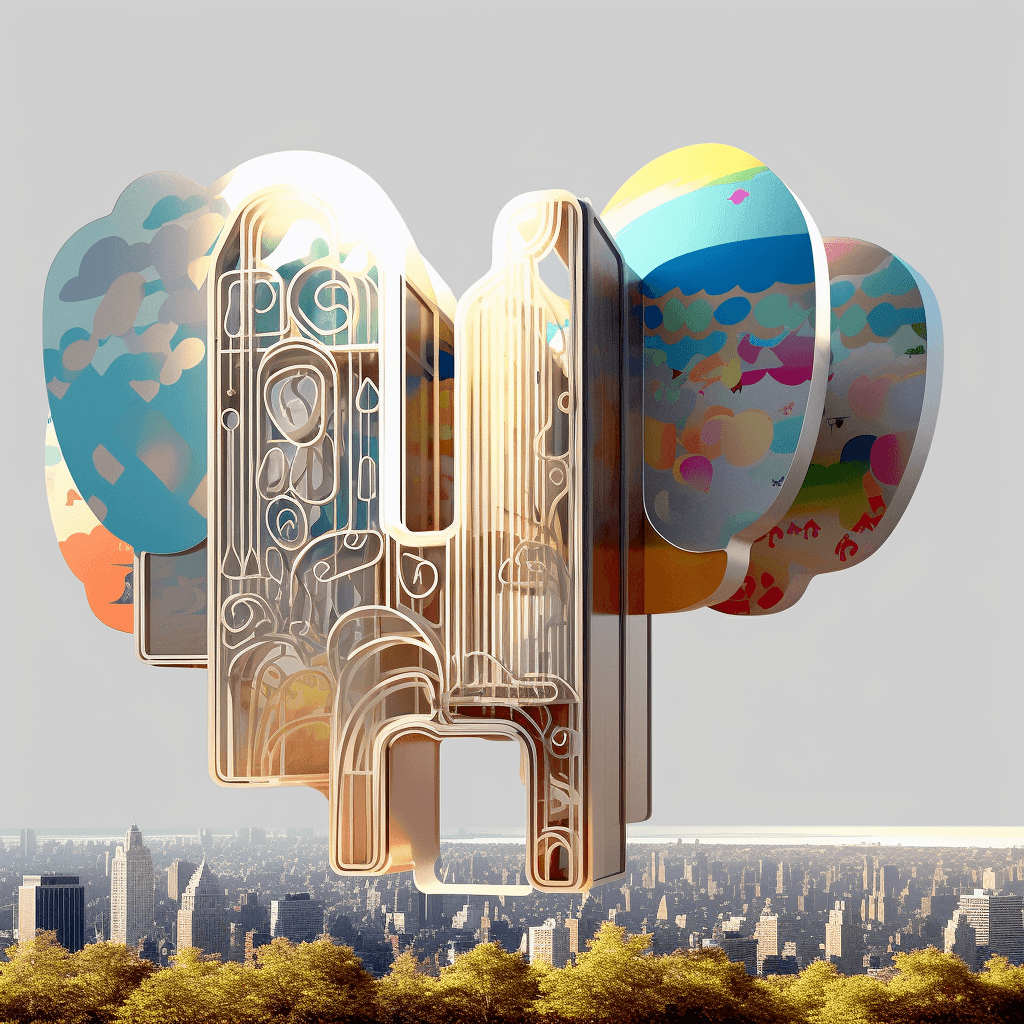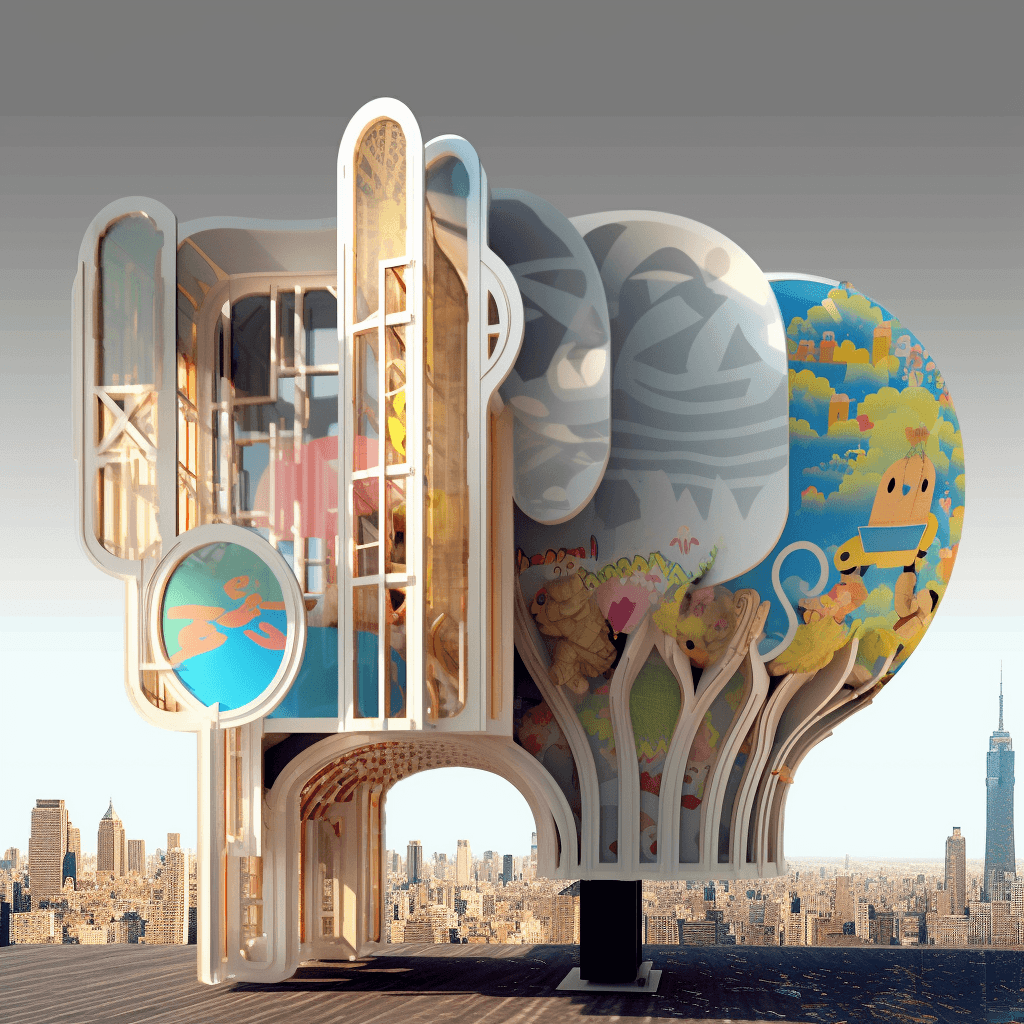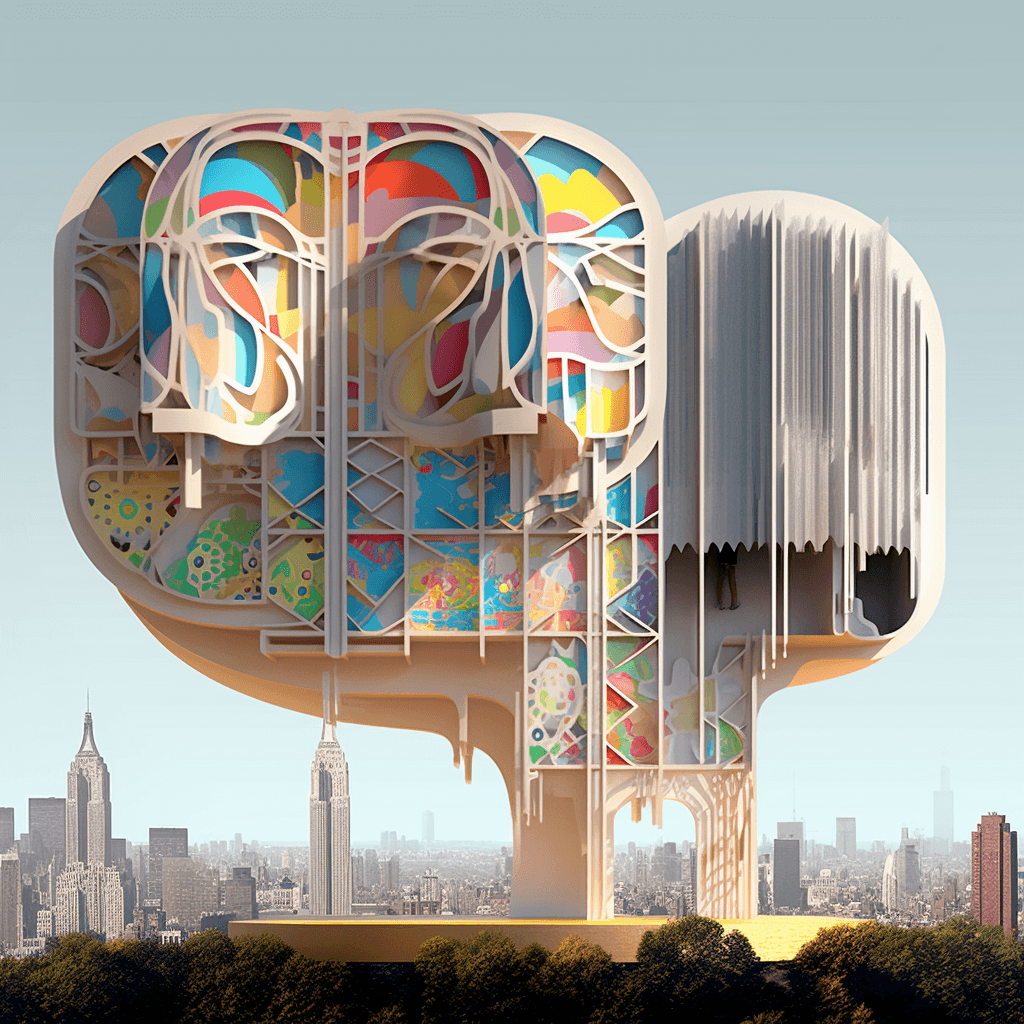BLENDED_MIDJOURNEY_V5
In the heart of Central Park, there was a series of temples unlike any other. They were constructed by a nonbinary genderqueer designer, whose vision was to seamlessly integrate them into the natural setting as a symbol of how the LGBTQIA+ community could fit into the urban fabric of the city.
The designer’s name was Kai, and they had spent countless hours researching the history of the land where the temples would be built. They wanted to honor the indigenous peoples who had once called this land home, and to create a space that felt welcoming and inclusive to everyone.
With the help of a team of skilled artisans and craftsmen, Kai set to work on the temples. They used sustainable materials like bamboo, recycled glass, and locally sourced wood to create structures that would blend into the landscape. Each temple was unique, with intricate carvings and delicate details that celebrated the diversity of the LGBTQIA+ community.
As the temples took shape, people began to take notice. Some were curious, others were skeptical, but most were filled with awe and wonder at the beauty of the structures. They marveled at how the temples seemed to grow out of the earth, as if they had always been there.
Kai was delighted with the response, but they knew that there was still much work to be done. They wanted the temples to be more than just a symbol of inclusion; they wanted them to be a space where people could come together, to celebrate and to heal.
And so, Kai began to organize events at the temples. There were dance parties and meditation sessions, poetry readings and drum circles. People from all walks of life came together, united by a shared love of the space and the community it represented.
As the years passed, the temples became a beloved part of Central Park. They were a reminder that even in a city as vast and complex as New York, there was always room for diversity and inclusion. And while there were still those who did not understand or accept the LGBTQIA+ community, the temples stood as a beacon of hope and a symbol of progress.
Kai continued to tend to the temples, to add new features and to repair any damage that came their way. They knew that the work was never truly done, but they also knew that the community they had helped to build would endure.
And so, the temples remained, a testament to the power of design and the resilience of the LGBTQIA+ community. They were a reminder that no matter who you were or where you came from, there was always a place for you in the world.
